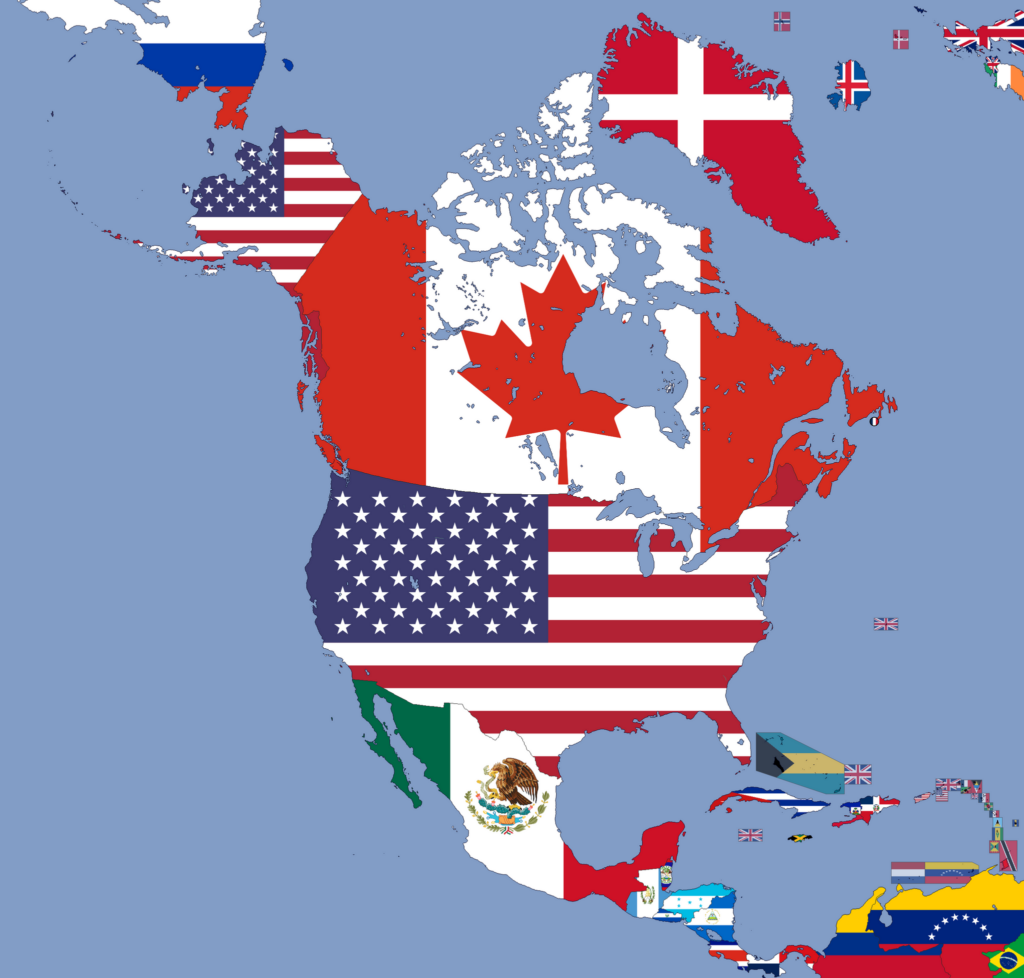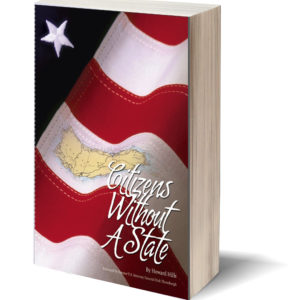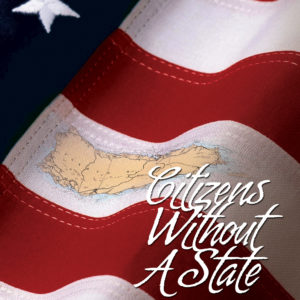Talk of Canada or Greenland becoming states of the Union is showing up all over. While most observers figure these are jokes or braggadocio, some are discussing possible future scenarios. Colorado’s Governor Polis said on X that he would welcome Greenland as the 53rd state, after Puerto Rico and Washington, D.C. The Coast Guard speculated on Greenland’s becoming a territory “on a path toward statehood not unlike that which Alaska followed.”
Perhaps California might be a better example for Greenland to follow. When California struck gold, it was admitted as a state so fast that it never even got around to becoming a territory. Greenland’s mineral wealth has been suggested as one of the reasons Trump is interested. Greenland doesn’t have the 60,000 people that have traditionally been a requirement for statehood, but more than one territory slipped past that tradition.
Dalhousie University published a suggestion that the U.S. could treat Canada as it did Mexico in the 19th century, taking large amounts of its land “perhaps not immediately as the 51st state, but quite possibly as a U.S. territory that would deny Canadians any voting rights for Congress or the presidency, allow only some autonomy and make questions of citizenship ambiguous. The constitutional architecture exists in the U.S. to make it happen.” Greenland, which has voted for independence in their status plebiscites, could follow in the footsteps of Texas, which was an independent nation for years between being a colony of Mexico and becoming a state.
Canada could, like the parts of Mexico which became states, be carved into multiple states to avoid making a super-sized state. Greenland, which has a smaller population than Guam but three times the space of Texas, might also need to be divided into multiple states. The United States could end up with far more than 51 stars on the flag. The process of admitting all those new territories as states could take more than a century.
Manifest destiny
There was a time when it was an accepted idea that the United States should expand to fill the North American continent. “Manifest destiny,” meaning that it was obvious that the United States should own the land “from sea to shining sea,” was a popular 19th century catchphrase suggesting that God wanted this to happen — that expansion was the destined future of the United States. For Donald Trump, reviving this old idea could be a path to an American Golden Age.
“President Trump will establish a deeper legacy that will stand the test of time by admitting Puerto Rico as the next state and expanding U.S. territory for the first time in over 65 years,” said Jose Fuentes, chairman of the Puerto Rico Statehood Council, in an interview with Newsweek. While he chose not to comment on Canada, Greenland, or Panama, Fuentes pointed out that admitting Puerto Rico would be a realistic way to begin the expansion of the U.S. borders. “President Trump has previously expressed an openness for statehood for Puerto Rico, and we look forward to working with the President, his team and congress to make this a reality.”
Adding Canada and Greenland, shown on the map below with their flags, would give the United States control of the entire land mass of North America from the Mexican border north to the Arctic Ocean.
The idea of annexing Canada and Greenland might not be realistic. Greenland, its owner, Denmark, and Canada all have made statements refusing the offer. But admitting Puerto Rico, already a U.S. territory demanding statehood, would be a practical step which would create a legacy of expansion for the incoming administration.








No responses yet